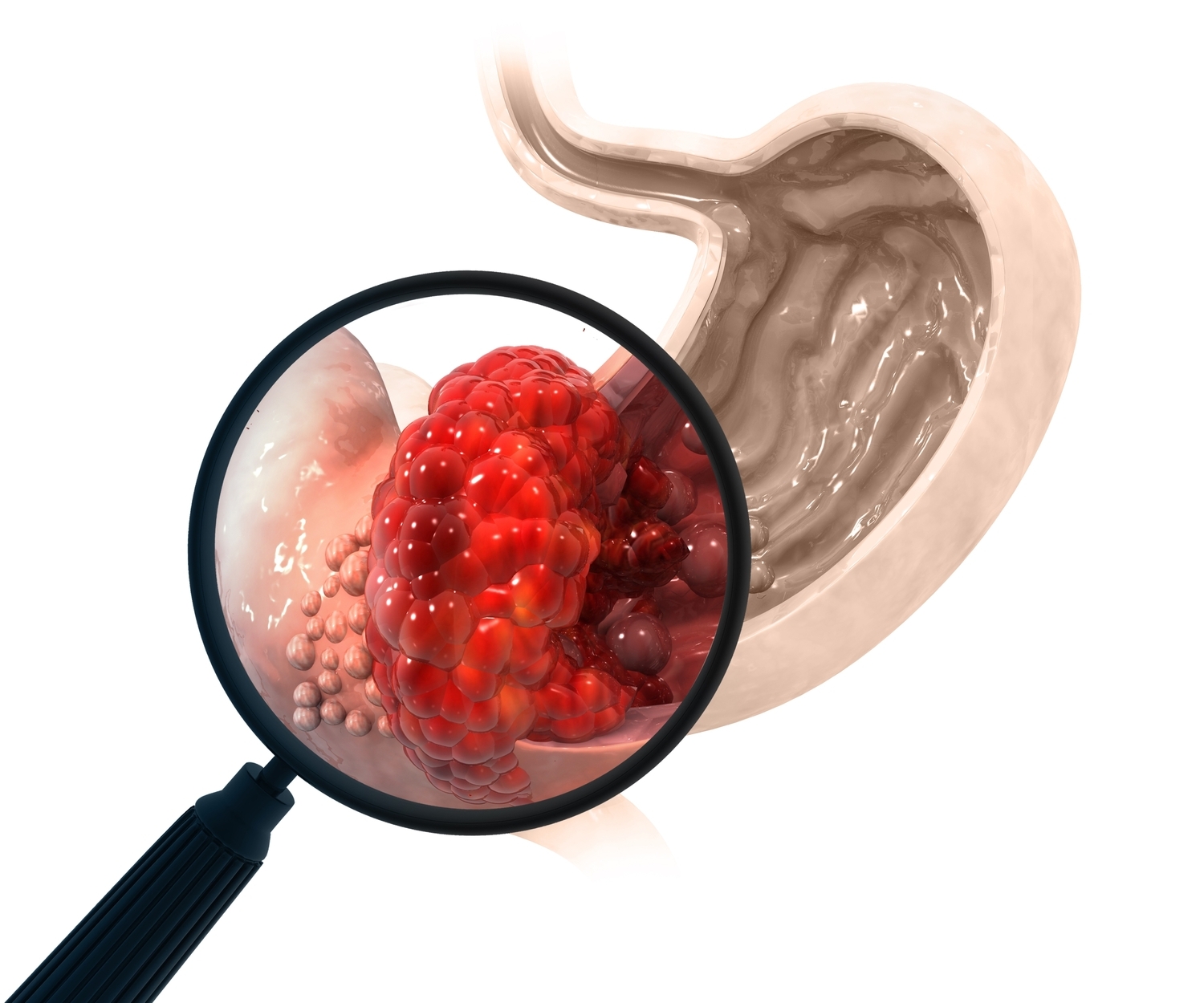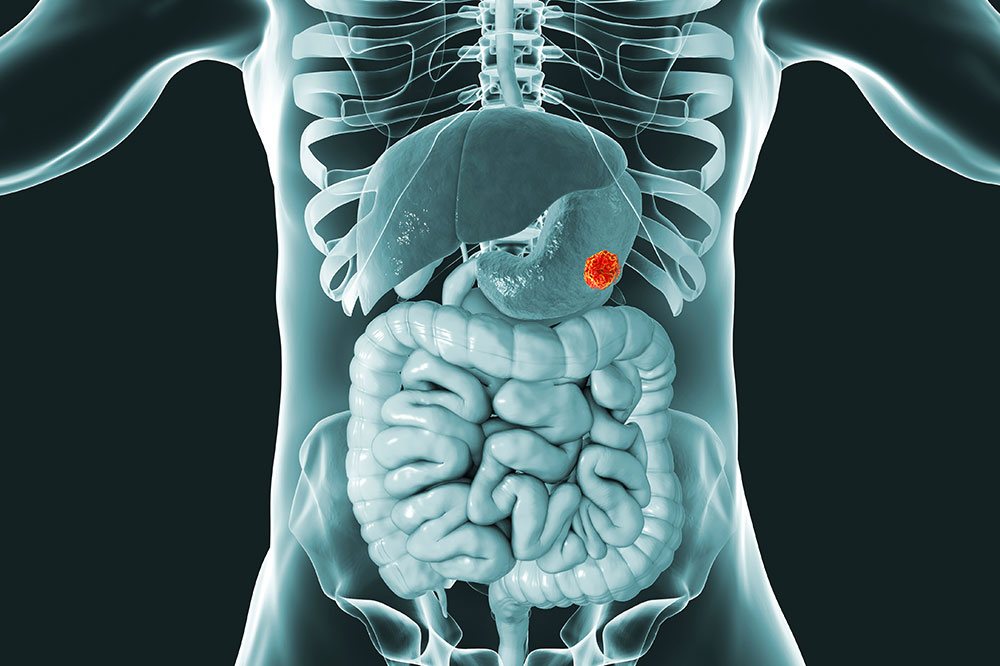Complete Guide to Managing GIST in the Stomach: Symptoms, Treatments, and Prognosis
This comprehensive guide explores the diagnosis and treatment options for gastrointestinal stromal tumors (GISTs) in the stomach. Covering surgical, radiotherapy, and minimally invasive techniques, it offers insights into effective management strategies, prognosis, and lifestyle adjustments. Early detection and personalized treatment significantly improve outcomes in GIST patients, with ongoing advancements in targeted therapies. Whether you are a patient or healthcare professional, this detailed overview provides valuable information for managing GISTs effectively and enhancing quality of life.

Complete Guide to Managing GIST in the Stomach: Symptoms, Treatments, and Prognosis
Gastrointestinal stromal tumors (GISTs) are rare but significant malignancies that develop within the digestive tract, primarily affecting the stomach. As a form of soft tissue sarcoma originating from specialized interstitial cells responsible for gut motility, GISTs require precise diagnosis and tailored treatment strategies. Despite their rarity, GISTs can become life-threatening if diagnosed late or left untreated. Effective management hinges on early detection and personalized treatment plans, which can significantly improve patient outcomes. This comprehensive guide explores the various treatment options for GISTs in the stomach, their effectiveness, and what factors influence choosing the right one.
Understanding the nature of GISTs, symptom presentation, the importance of early diagnosis, and the latest advancements in treatment modalities is crucial for both patients and healthcare providers. From surgical procedures to targeted therapies and minimally invasive techniques, this article covers the full spectrum of GIST management, including post-treatment care and long-term prognosis.
What Is GIST?
Gastrointestinal stromal tumors are unique neoplasms that predominantly develop in the gastrointestinal (GI) tract, with the stomach being the most common site. These tumors arise from the interstitial cells of Cajal, which are responsible for coordinating gut motility, making GISTs a type of soft tissue sarcoma. They are characterized by specific genetic mutations, most notably in the KIT gene or the PDGFRA gene, which influence their behavior and response to treatment. While GISTs tend to grow slowly, their potential to metastasize makes early detection crucial for successful management.
Common Symptoms of GISTs:
Persistent abdominal pain or discomfort
Nausea or vomiting
Loss of appetite
Unexplained weight loss
Fatigue and weakness
Blood in stool or vomit, indicating bleeding
Factors That Impact Treatment Decisions
Choosing the appropriate treatment strategy for GISTs in the stomach involves evaluating several critical factors:
Tumor Size: Larger tumors may require more aggressive intervention, including extensive surgery or combination therapies.
Location within the stomach: The tumor's position impacts surgical approachability and reconstruction options.
Genetic Profile: Mutations in KIT or PDGFRA genes guide targeted therapy choices and predict treatment response.
Presence of Metastasis: Spread to other organs complicates treatment and often necessitates systemic therapies.
Patient's Overall Health and Age: Comorbidities and physical fitness affect the feasibility of certain treatments, especially surgery and fast-paced therapies.
Primary Therapeutic Approaches for GIST in the Stomach
1. Surgical Removal
Surgery remains the cornerstone treatment for localized GISTs, particularly when the tumor is confined to the stomach without evidence of spread. The goal is complete resection with negative margins, significantly reducing recurrence risk.
Partial Gastrectomy: Removing the tumor along with a small margin of healthy tissue preserves most of the stomach, maintaining natural digestive function.
Total Gastrectomy: Indicated for extensive tumors or those involving critical areas, this involves removing the entire stomach, followed by reconstructive procedures such as esophagojejunostomy to restore the digestive pathway.
Advantages of Surgery: It offers a potential cure in cases where the tumor is localized and operable. Proper surgical technique ensures the removal of tumor tissue, minimizing the chances of recurrence.
Limitations: Recovery can be lengthy, and patients may need to adapt to dietary modifications, especially after total gastrectomy, which can impact nutritional intake and quality of life.
2. Radiation Therapy
Although not traditionally a primary therapy for GISTs, radiation can be beneficial in specific scenarios, such as shrinking tumors pre-operatively or palliating symptoms in inoperable cases.
External Beam Radiation: Targeted radiation delivered from outside the body precisely to tumor sites to destroy cancer cells.
Pros: Offers symptom relief and control for tumors that cannot be surgically removed or have metastasized.
Cons: Side effects such as fatigue, skin irritation, and gastrointestinal disturbances can occur, limiting its use.
3. Non-Surgical, Minimally Invasive Options for Inoperable Tumors
For cases where surgery isn't feasible, advances in minimally invasive therapies provide alternative treatment options:
Radiofrequency Ablation (RFA): Uses high-energy radio waves to generate heat and destroy cancerous tissues precisely. Particularly suitable for small tumors or those in difficult locations.
Cryotherapy: Employs extreme cold to induce necrosis in tumor cells, effectively controlling tumor growth with minimal invasion.
These alternatives are especially beneficial for patients who are not candidates for surgery due to age, health issues, or tumor location.
Summary Table of Treatment Modalities
Surgical Resection: Complete removal of localized tumors with high potential for cure, but involves recovery time and dietary adjustments.
Radiation Therapy: Useful for symptom palliation and in cases where surgery isn't an option, with manageable side effects.
Minimally Invasive Techniques: Provide effective management for small or inaccessible tumors, decreasing recovery periods and side effects.
Post-Treatment Life: Diet and Lifestyle Considerations
Patients undergoing partial or total gastrectomy need to adapt their diets by consuming smaller, more frequent meals, focusing on nutrient-dense foods. Hydration remains essential, and nutritional supplements may be prescribed to combat deficiencies resulting from stomach removal. Lifestyle adaptations include routine follow-ups and monitoring to detect recurrence early, along with psychological support and nutritional counseling.
Prognosis and Follow-Up Care
The outlook for patients with GIST varies based on multiple factors, including tumor size, location, genetic mutations, and overall health. Early diagnosis combined with effective, personalized treatment significantly enhances survival rates and quality of life. Lifelong follow-up care involving periodic imaging, endoscopy, and blood tests is vital to monitor for recurrence. In recent years, targeted therapies such as imatinib have revolutionized management, providing effective control even in metastatic disease, and ongoing research continues to improve survival outcomes.
References
National Cancer Institute – GIST overview
American Cancer Society – Gastrointestinal stromal tumors
Mayo Clinic – GIST diagnosis and therapy





